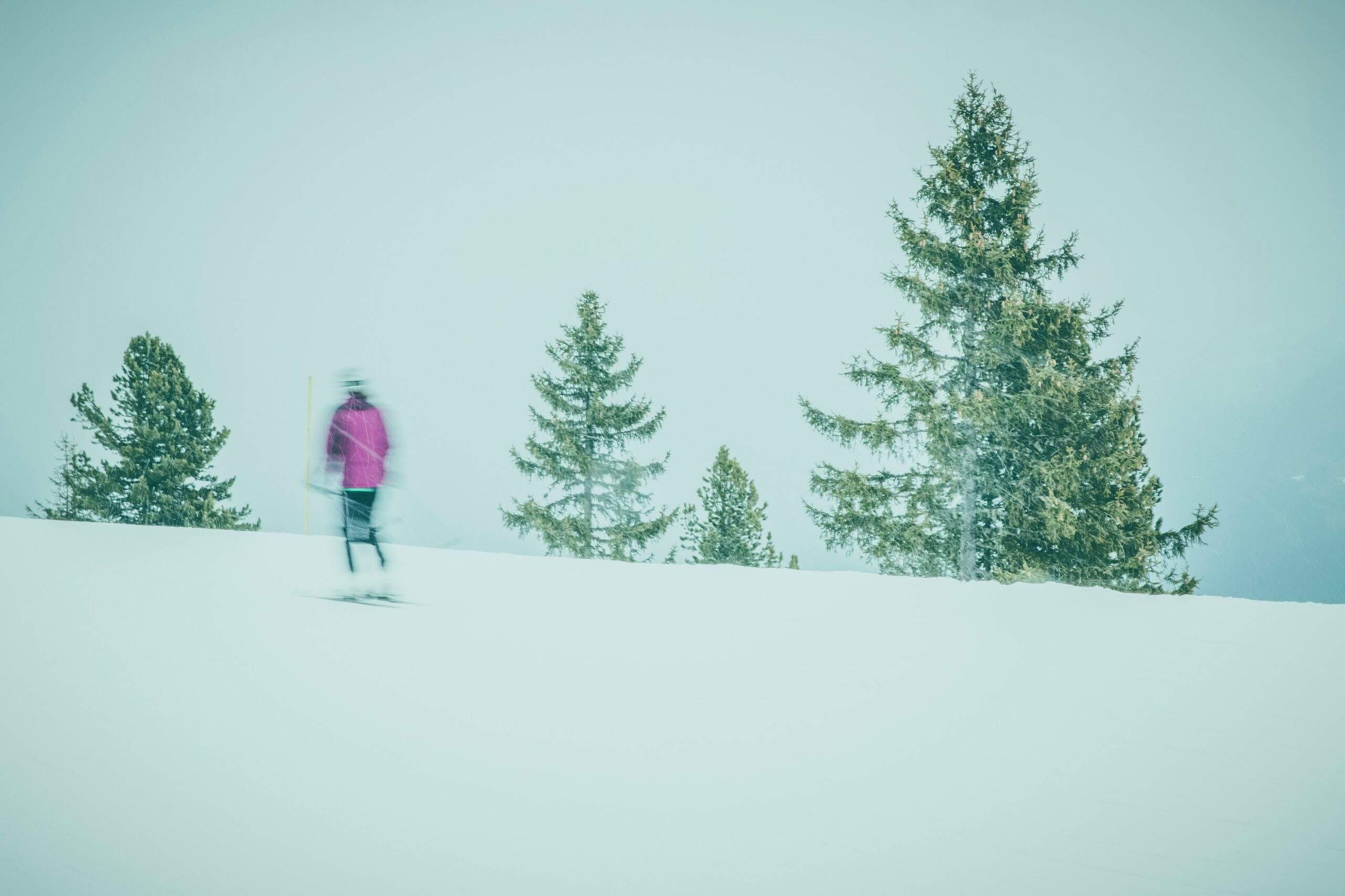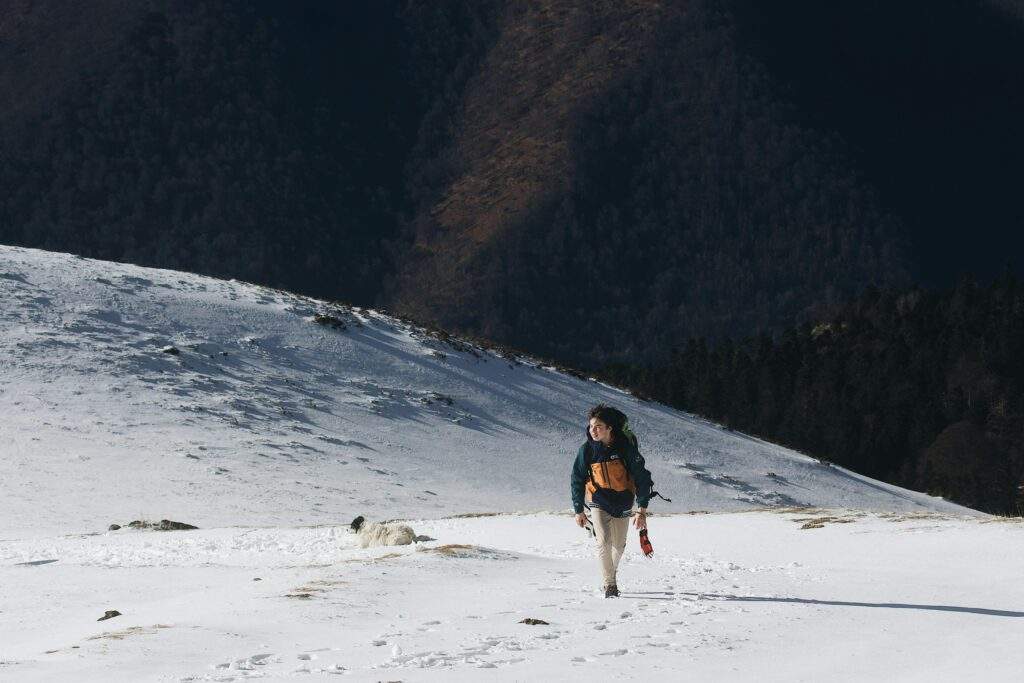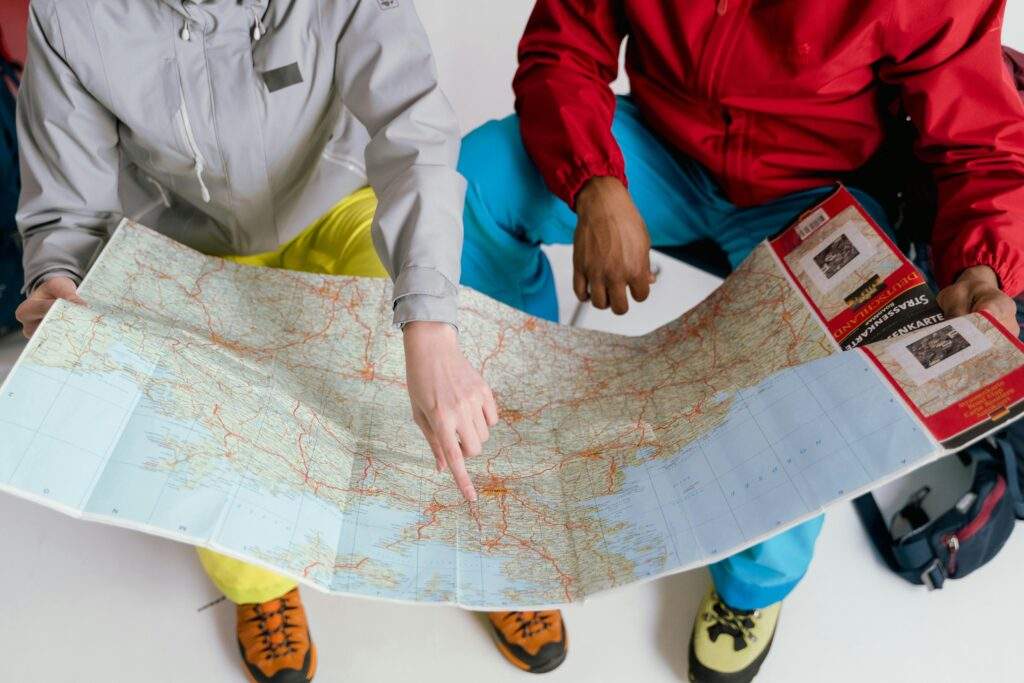“Ever stared at a snowshoe trail map and wondered if you’re about to accidentally sign up for an avalanche survival course? Yeah, us too.”
Navigating snowshoe trail difficulty ratings can feel like cracking a secret code written by overly enthusiastic mountain goats. But don’t worry—we’ve got your crampons covered. In this guide, we’ll unravel the mystery of difficulty ratings so you can confidently choose trails that match your skill level.
You’ll learn:
- Why snowshoe trail difficulty ratings matter (and why ignoring them is a rookie mistake).
- A step-by-step guide to decoding those cryptic symbols on maps.
- Pro tips for beginners and advanced adventurers alike.
- Real-life examples that prove even experts make mistakes.
Table of Contents
Key Takeaways
- Difficulty ratings help prevent overexertion and ensure safer adventures.
- Beginner-friendly trails are marked differently than expert-level treks.
- Always check terrain features and elevation gain before heading out.
- Pack extra snacks—because calories burn faster in the snow!
Why Do Snowshoe Trail Difficulty Ratings Matter?
Let’s face it: showing up to a “moderate” trail expecting flat ground only to find yourself clinging to a glacier ledge isn’t just embarrassing—it’s dangerous.
Difficulty ratings exist to save your knees, lungs, and sanity. They give you clues about what to expect: steep inclines, uneven terrain, or miles of unrelenting uphill slog. Ignoring them could leave you stranded—or worse, crying into your thermos halfway through.

How to Decode Snowshoe Trail Ratings
Here’s where things get technical but not overwhelming. Think of difficulty ratings as the Yelp reviews of the wilderness—but with more asterisks.
Step 1: Understand the Symbols
Trail markers often use shapes or colors:
- Green Circle: Beginner-friendly, smooth sailing.
- Blue Square: Moderate, some hills involved.
- Black Diamond: Expert territory—steep, rugged, potentially life-changing (or ending).
Step 2: Check Elevation Gain
Even “easy” trails can turn brutal if they climb 2,000 feet in half a mile. Look for elevation details on the map or app.
Step 3: Factor in Terrain Features
Words like “rocky,” “icy,” or “avalanche-prone” mean business. Know thyself—and thy gear limitations.
Tips for Success on Snowshoe Trails
Optimist You: “This is going to be fun!”
Grumpy You: “Only if my boots are waterproof.”
- Bring Layers: Temperatures change quickly; dressing in layers helps avoid frostbite—or overheating.
- Stay Hydrated: It’s easy to forget drinking water when you’re surrounded by snow. Don’t.
- Respect the Rating: Don’t try to impress anyone by attempting a black diamond without experience. Mother Nature doesn’t care about Instagram likes.
- Hire a Guide: If unsure, hire a local guide—they know the ins and outs better than Google Maps ever will.
Examples & Stories from the Trails
One time, I confidently marched onto what I thought was a “gentle stroll” trail called Fluffy Bunny Loop. Spoiler alert: there were no bunnies, and definitely nothing fluffy. Turns out, “gentle” was relative—I spent three hours battling thigh-deep powder while questioning every decision that led me there.
Moral of the story? Always double-check the fine print. And maybe pack emergency chocolate.

FAQs About Snowshoeing Trails
Q: What does “groomed trail” mean?
A: Groomed trails are maintained and packed down, making walking easier. Ideal for beginners!
Q: Can kids join snowshoe tours?
A: Absolutely! Just pick green-circle trails and bring plenty of hot cocoa breaks.
Q: Is GPS necessary for snowshoeing?
A: Not mandatory, but highly recommended. Blizzards have a way of turning scenic paths into whiteout nightmares.
Conclusion
Decoding snowshoe trail difficulty ratings doesn’t have to feel like deciphering ancient runes. By understanding symbols, checking elevations, and respecting your limits, you’ll set yourself up for unforgettable (but safe) adventures. Remember, preparation is key—and so is packing enough snacks.
Like a Tamagotchi, your snowshoe journey needs daily care. Happy trails!


